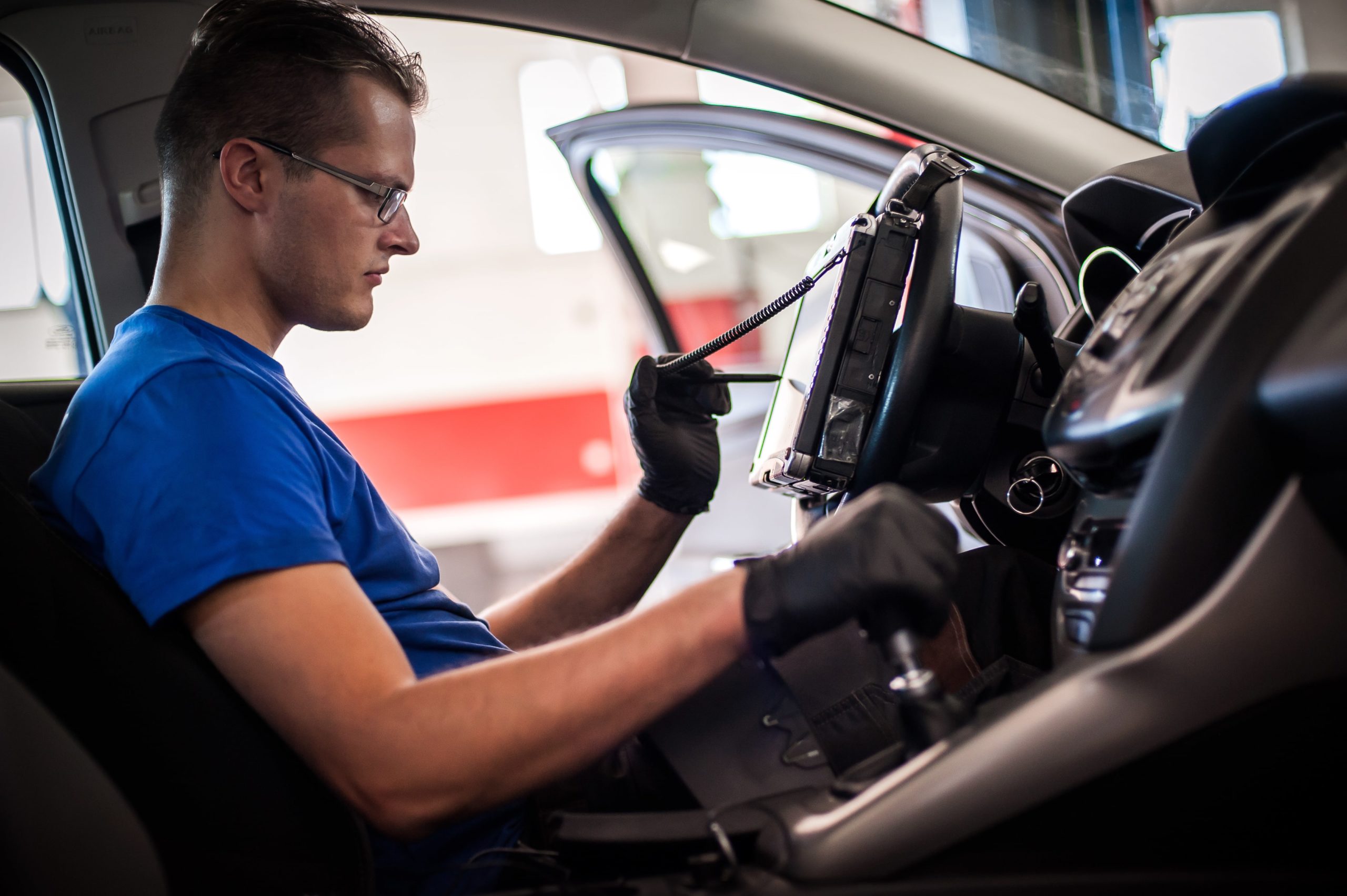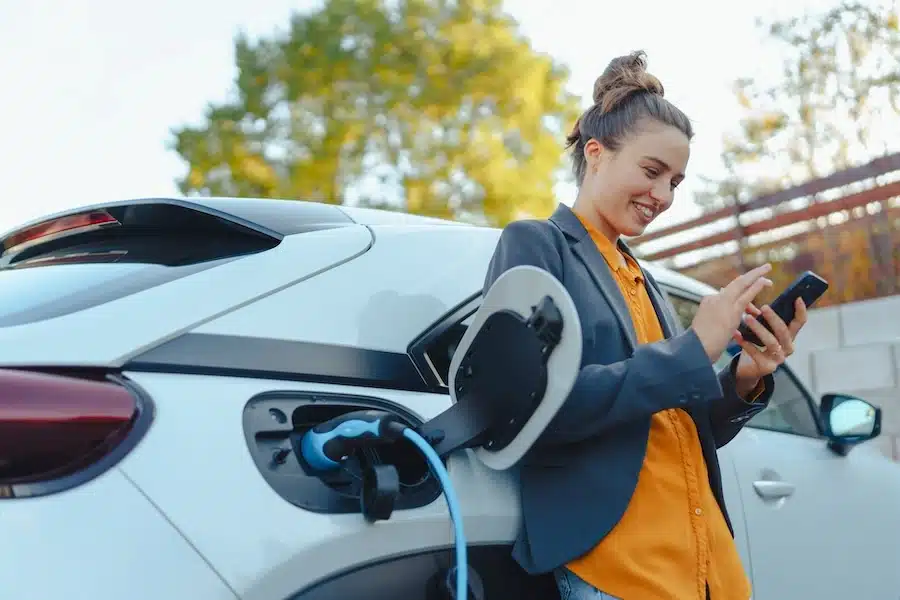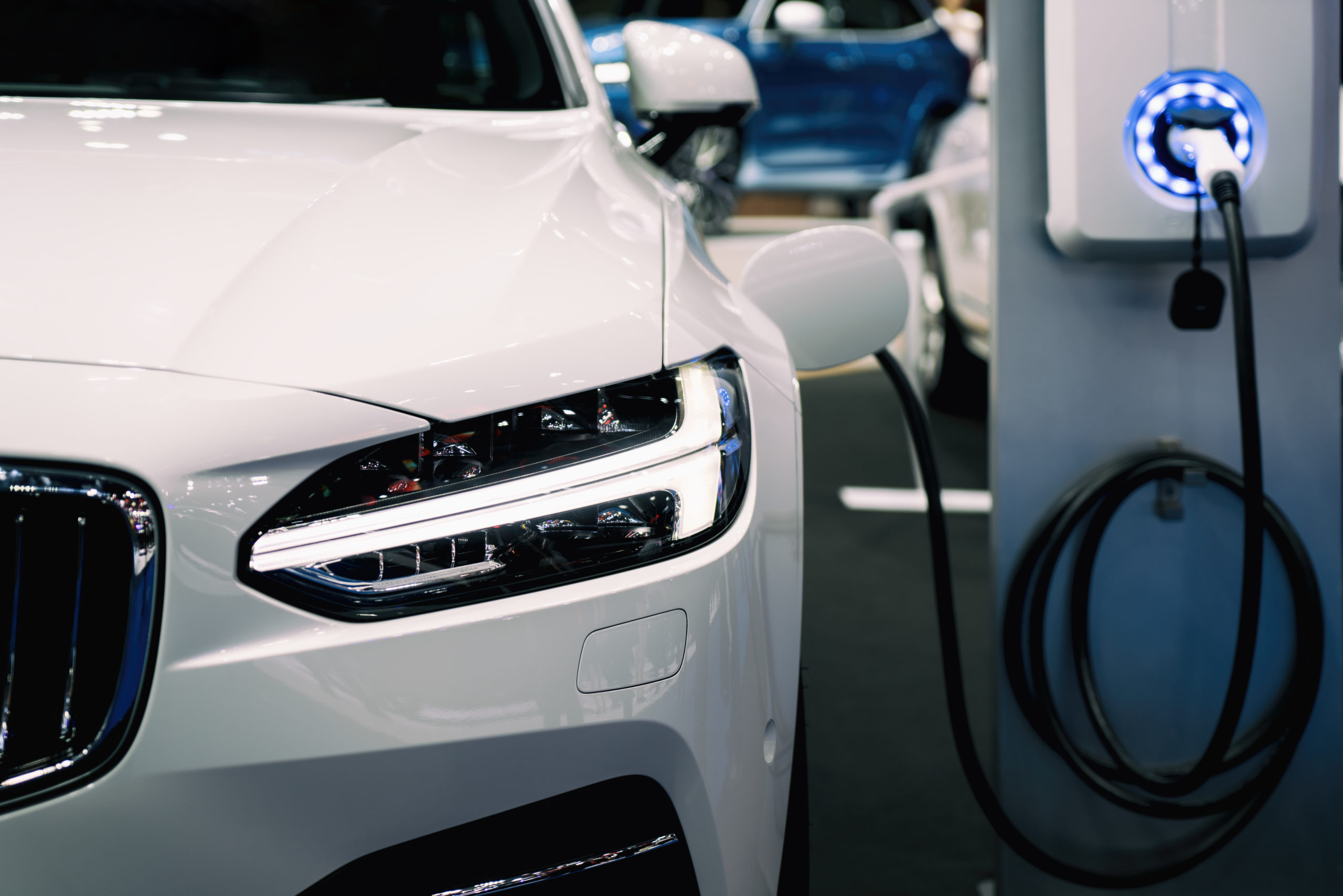After last year’s announcement that Britain would ban the sale of petrol and diesel cars after 2040, the race is on to find the best alternative fuel source to keep us on the road. Electric cars are the clear frontrunner; 125,000 electric cars were registered in the UK last year and global sales increased by 46%. But recently, a new challenger has emerged: hydrogen.
Several companies are investing heavily in hydrogen fuel cell-powered vehicles. These offer several benefits when compared to electric vehicles; chief among them is that they can be refueled as quickly as a petrol car, whereas an electric vehicle can take hours to reach full charge. However, hydrogen fuelling stations are scarce, expensive to build, and many companies are reluctant to invest in another new technology. For hydrogen cars to succeed, innovative solutions are needed to improve refuelling infrastructure. Can hydrogen cars really give electric vehicles a run for their money, or will they be remembered as little more than a historical curiosity along the road to electrical dominance?
How do they work?
Most cars are powered by an internal combustion engine. Petroleum-based fuel is burned and the resulting heat pushes pistons which power the car via a transmission system. The burning of petrol or diesel creates pollution which harms the environment and the health of the public, as well as contributing to the global warming. The supply of fossil fuels is also finite, or at least unable to renew at the same pace that we are depleting it.
Electric cars run off a battery which provides the electricity to turn a motor and, by extension, the wheels of the car. Hydrogen fuel cells behave like a mixture of the two systems. They use fuel from a tank to generate power but, unlike an internal combustion engine, the fuel isn’t burned. Instead, pressurised hydrogen gas is fused with oxygen to make water. This process produces electricity in much the same way as the battery in an electric car.
A hydrogen fuel cell contains a positive and a negative terminal. Hydrogen is fed into the positive terminal, while oxygen from ambient air is fed down a pipe to the negative terminal. When hydrogen atoms reach the positive terminal they are split into protons and electrons. The positively charged hydrogen protons are attracted to the negative terminal, which they are able to pass into by moving through an electrolyte made of a thin plastic film. On the other side they combine with the oxygen and this chemical reaction creates the energy needed to power the motor. The only byproduct of the process is water, which is passed through the car’s exhaust as steam. This video explains the process in more detail.
A lack of infrastructure
While electric vehicles have been embraced by the public surprisingly quickly, hydrogen cars have been slow to catch on. A big hurdle to be overcome is the lack of a reliable charging infrastructure. While electric charging for cars is still far from universal, charging stations have sprung up relatively rapidly. There are now over 16,000 in the USA, and in the UK a plan was recently announced to build 1,500 new charging stations in London alone. In contrast, there are only a handful of hydrogen charging stations in the world. The vast majority are in California, which is also home to the majority of hydrogen vehicles currently on the road. Last year, the UK’s first motorway hydrogen charging station opened.
It’s early days yet of course. The Toyota Mirai, the first hydrogen car aimed at the everyday motorist, has only been widely available for about a year. However, the lack of a charging infrastructure is something that needs to be addressed quickly. While electric charging points can be scaled up relatively quickly and cheaply, hydrogen stations are slow and extremely expensive to build. A new hydrogen fuel station can cost as much as $2 million and so companies are understandably reluctant to build them until more hydrogen cars are on the road. The problem, of course, is that nobody wants to drive a hydrogen car until there are more fuel stations – a real chicken and egg scenario. The problem is compounded by the fact that, unlike electric cars, hydrogen vehicles can’t be charged at home. Houses come with a readily available electricity supply, whereas refueling a hydrogen car at home would require huge amounts of equipment and resources. This means that hydrogen motorists are completely at the mercy of charging stations; charging stations which currently don’t exist.
Hydrogen vs electric
We shouldn’t write off hydrogen vehicles just yet though as, after all, many people were initially extremely bearish about the mass adoption of electric cars and hydrogen powered cars offer several key advantages over electric cars. They can be refueled in a matter of minutes and have an impressive range. The Mirai can travel an estimated 342 miles between fuelings. This far outstrips the Nissan Leaf, one of the most popular electric cars on the market, which can manage about 84 miles on a full charge. In terms of price, hydrogen cars are currently far more expensive than their electric counterparts. The Mirai currently retails for around $57,000, while the Nissan Leaf is less then $30,000. However, Toyota have promised that, by 2025, their hydrogen cars will cost the same as their hybrid models.
Most importantly, hydrogen cars boast zero emissions and their only byproduct is water, which is apparently clean enough to drink. Hopefully, as people see the benefits of hydrogen vehicles, companies will begin to see building charging stations as a viable move. From there, it will become increasingly easy to drive a hydrogen car and the idea will take off. Both hydrogen and electric cars offer hope for a sustainable future. In the race of the alternative fuel sources hydrogen is definitely the underdog, but we hope that it stays in the running for a little longer at least.
A helping hand for disruptive businesses
Many new technologies move things forward in small, barely perceptible ways, but few can claim to be real game changers. By allowing us to move towards sustainable transport, hydrogen cars fall squarely into this category. If you have a similarly disruptive technology and are looking for help in getting it off the ground and toward market, you should consider applying for an Innovate UK grant. The organisation is currently running its open sector competition. This competition allows businesses working in any field to apply for a share of £19 million. The only stipulations are that the idea must be highly disruptive and have ‘significant potential for impact on the UK economy.’ All applicants must also provide ‘a strong and deliverable business plan’ and show that they have considered the project’s risks and how best to mitigate them.
Because Innovate UK grants are awarded on a competitive basis, you’ll have to make sure that your application really stands out. That’s where we can help. We have decades of experience with Innovate UK applications and we can work with you to ensure that your application has the best possible chance of success.
Get in touch today to get started.






